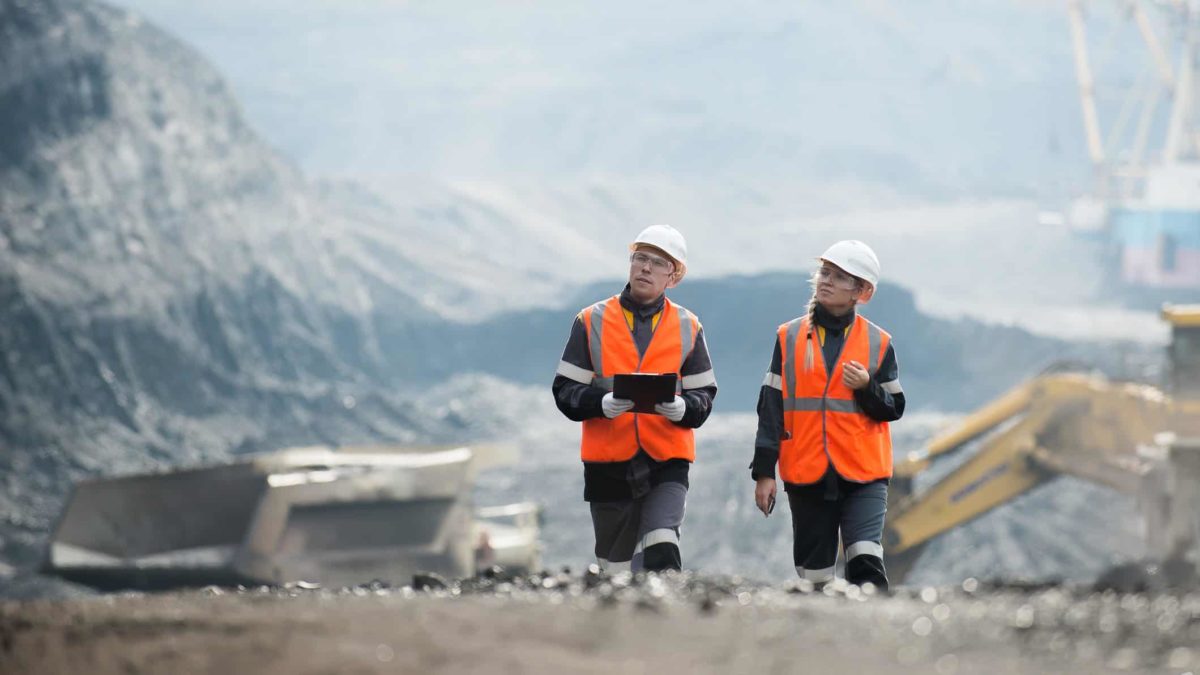The BHP Group Ltd (ASX: BHP) share price will be on watch on Tuesday after the release of its fourth quarter and full year production update.
How did BHP perform?
BHP has just completed a solid 12 months with production guidance met for iron ore, metallurgical coal, and operated copper and energy coal assets.
Petroleum production fell a touch short of guidance due to lower than expected demand due to the impact of COVID-19. Whereas production at Antamina and Cerrejon was lower than guidance due to the temporary suspension of operations due to the pandemic. Both operations are now ramping back up.
Here's a summary of its production for FY 2020 and expectations for next year:
Petroleum production was 109 MMboe, down 10% on the prior corresponding period. This was despite a strong finish to the year thanks to increased production at Bass Strait due to higher seasonal demand. In FY 2021, BHP is forecasting production of 95 to 102 MMboe. This represents a 6% to 13% decline.
Copper production was up 2% in FY 2020 to 1,724 kt. This was despite lower production in the fourth quarter due to the aforementioned temporary operating suspensions. Copper production is expected to decline by 13% to 21% in FY 2021 to 1,480 kt to 1,645 kt. This is due largely to a sharp reduction at the key Escondida operation.
Iron ore production was the highlight of FY 2020 with 248 Mt. This was up 4% on the prior corresponding period thanks to a strong fourth quarter performance at Mining Area C and Yandi. Pleasingly, production costs are expected to be in line with guidance at WAIO and BHP has benefited greatly from a 16% increase in average price realised to US$77.36 a tonne. In FY 2021 production is forecast to be 244 Mt to 253 Mt. This will be a 2% decline to a 2% increase.
Metallurgical Coal production came in a 41 Mt in FY 2020, down 3% year on year. A very strong performance in the fourth quarter prevented a much worse result. Looking ahead, in FY 2021 production is expected to be in the region of 40 Mt to 44 Mt. The low end represents a 3% decline and the high end represents a 7% gain.
Elsewhere, Energy Coal production was down 16% to 23 Mt and Nickel production fell 8% to 80 kt. The latter is expected to rebound with production growth of 6% to 19% in FY 2021. Whereas Energy Coal production guidance for the new financial year ranges from a 5% decline to 4% growth.
What else did BHP announce?
The Big Australian also gave investors an idea of what its finances will look like when it reports its full year results next month.
Management advised that its unit costs are expected to be in line with guidance for its WAIO, Queensland Coal, and NSWEC operations. Whereas Petroleum and Escondida costs are expected to slightly better than guidance.
There will be an increase in closure and rehabilitation provisions for closed mines of US$600 million to US$700 million and impairments of US$450 million to US$500 million to property, plant and equipment at Cerro Colorado.
It also has forecast costs directly attributable to COVID-19 of US$100 million to US$150 million after tax.
Nevertheless, BHP's net debt is expected to be at the lower end of its target range of US$12 billion to US$17 billion.
BHP Chief Executive Officer, Mike Henry, commented: "Our diversified portfolio and high quality assets, together with our strong balance sheet, make us resilient to the ongoing uncertainty in the markets for our commodities. We expect to continue to generate solid cash flow through the cycle and we remain confident in the outlook for demand for our products over the medium to long-term."
"We continue to focus on becoming even safer, delivering exceptional operational performance, maintaining disciplined capital allocation, creating and securing more options in future facing commodities and building social value. We have learned new ways of working, both internally and with others, through the COVID-19 pandemic. We will seek to embed these in a way that helps to reinforce these priorities," he concluded.









